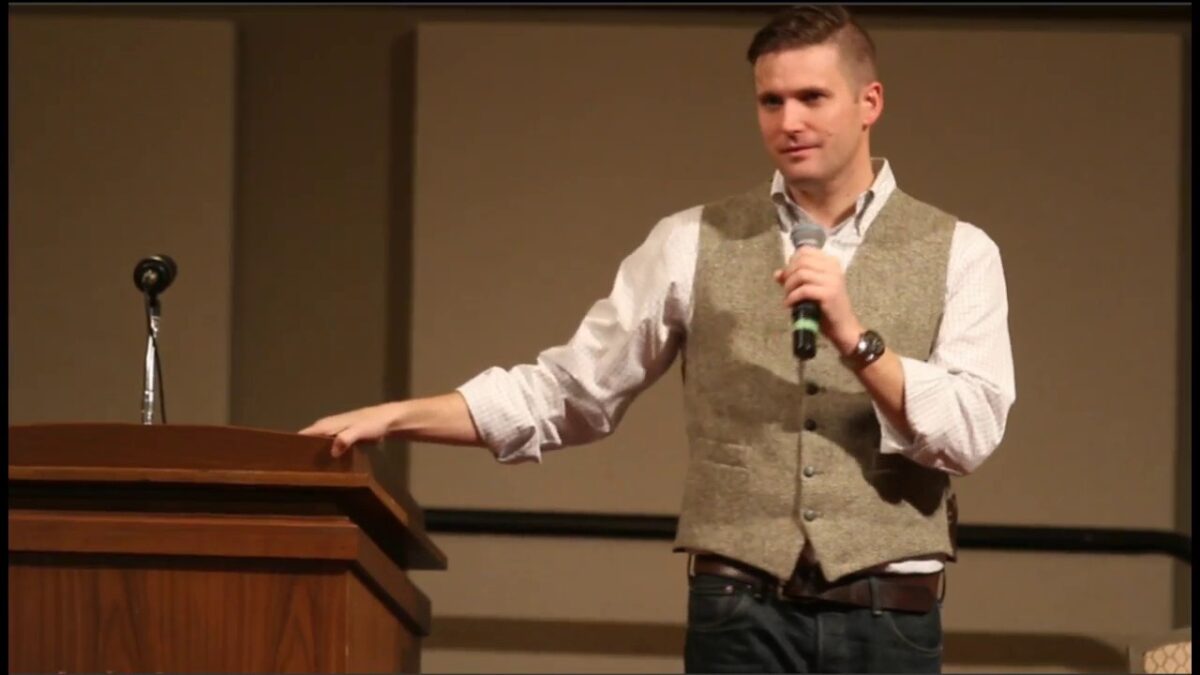The alt-right, a purveyor of an xenophobic and toxic brand of white nationalism, is gaining a foothold in the United States, even as it incurs intense opprobrium in the media. Having emerged during the presidency of Barack Obama, the first African American president, it has attracted still more followers during the era of his successor, Donald Trump.
Its trajectory from the shadows is scrutinized by Alexandra Minna Stern in an incisive book, Proud Boys and the White Ethnostate: How The Alt-Right Is Warping the American Imagination (Beacon Press).
Stern, a professor of American culture, history and women’s studies at the University of Michigan, describes the alt-right as a decentralized movement disdainful of mainstream conservatism and multiculturalism.
Seeking respectability and acceptance, and cognizant that its growth is limited by bad optics, the alt-right is cultivating a fresh image. In a clever makeover, it is casting aside Nazi insignias and the white hoods of white supremacy to broaden its appeal. Essentially, the alt-right is engaging in identity politics without the neo-Nazi baggage.

As Stern suggests, alt-righters seek to normalize their dangerous fringe ideas through peaceful cultural change and by stylistic means. Members affect a clean-cut, preppy look that distances them from their crude neo-Nazi and white supremacist cohorts.
White nationalists seek to create a racially exclusive separate homeland, preferably in the northwest, inhabited by Christian Americans of northern and western European descent. African Americans, Asians and most certainly Jews are not welcomed, as if they might evince even a scintilla of interest in joining this tawdry club.
The alt-right yearning for a white homogeneous homeland, a wedge idea it hopes to popularize, is propelled by a fervent belief of an impending white genocide caused by demographic upheaval. Claiming that non-Hispanic whites will form less than half of the U.S. population by 2050, they recoil in utter horror from that doomsday projection.
Stern claims that the concept of a separate white homeland was conceived by Wilmot Robertson, the author of The Ethnostate: An Unblinkered Prospectus for an Advanced Statecraft, published in 1992. Robertson, whose real name is Sumner Humphrey Ireland, wrote the white supremacist classic, The Dispossessed Majority, in the 1970s.
Extolled by antisemitic propagandist David Duke as “one of the most brilliant books of this century,” it claimed that whites were being overtaken by “unassimilable minorities” such as African Americans, Asians, Arabs and Jews. He reserved his sharpest scorn for Jews, contending they had perverted America and opened the door to the havoc of unrestrained immigration and multiculturalism.
To Robertson, whose mentor Wickcliffe Draper was a Nazi sympathizer active in the eugenics movement, the so-called Jewish problem could easily be solved by encouraging Jews to immigrate in Israel. Alternatively, Jews could be settled in an enclave “across the East River from Manhattan.”

More recently, the white homeland idea has been popularized by an antisemitic ideologue named Greg Johnson, an academic who shies away from the common neo-Nazi prescription that this objective can only be achieved through a race war. “Johnson is confident that a ‘well-planned, orderly and humane process of ethnic cleansing’ can bring about the ethnostate with relatively little Sturm und Drang,” says Stern.
She adds, “White nationalists frequently claim that ethnostates are predicated not on white supremacy but on respect for each race as a distinct cultural and biological entity.”
And she goes on to say, “The potential appeal of the white ethnostate should not be underestimated. It taps into longing for group solidarity, self-determination, and sustainable communities. As a construct soaked in ultra-nationalism, the ethnostate arouses romanticism, sentimentality, and the promise of comfort and fellowship.”
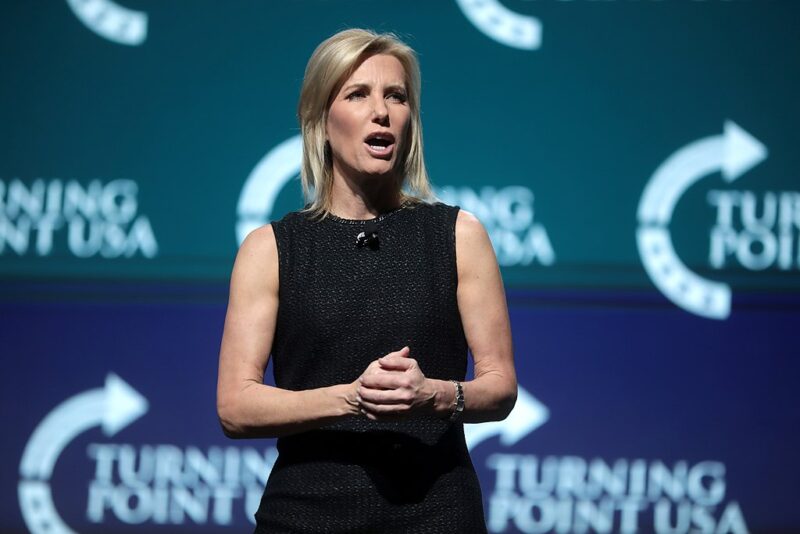
Stern argues that right-wing media personalities like Laura Ingraham, Ann Coulter and Tucker Carlson have whipped up conspiratorial fears of white replacement and extinction, a theme that was starkly sounded by white supremacists and neo-Nazis at the infamous Unite the Right rally in Charlottesville, Virginia, in the summer of 2017.

Reflecting on the political transformation caused by the unexpected victory of left-liberal New York City Democrat Alexandria Ocasio-Cortez in a 2018 congressional election race, Ingraham said, “In some parts of the country, it does seem like the America we know and love doesn’t exist anymore.”
Decoding her words into simple language, Stern writes, “Ingraham’s requiem was for a bygone white conservative America.”
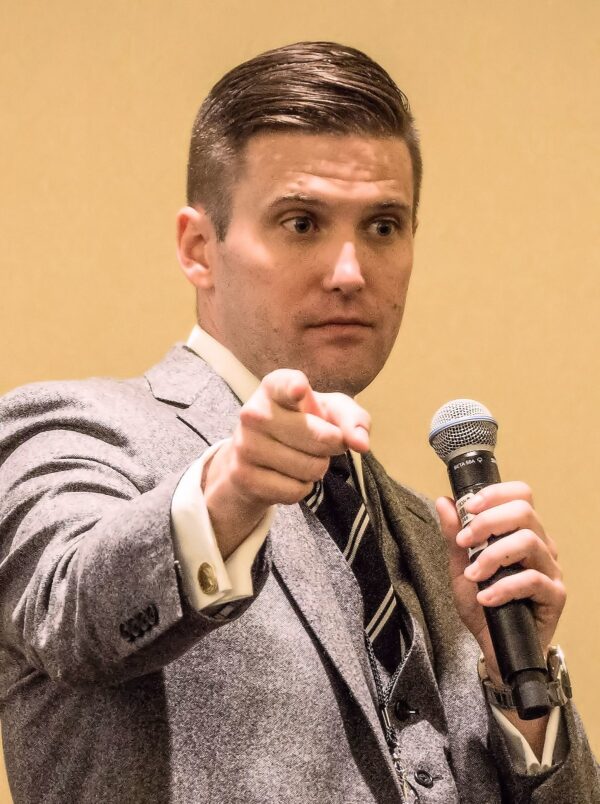
Needless to say, the Jewish Question, or JQ, is the most complicated issue faced by the alt-right, the expression of which was coined by Richard Spencer, one of the movement’s chief ideologues and spokesmen. He’s a disciple of Madison Grant, an American racist whose early 20th century screed, The Passing of the Great Race, led to the 1924 Johnson-Reed Immigration Act, which set racial quotas on new immigrants based on nationality.
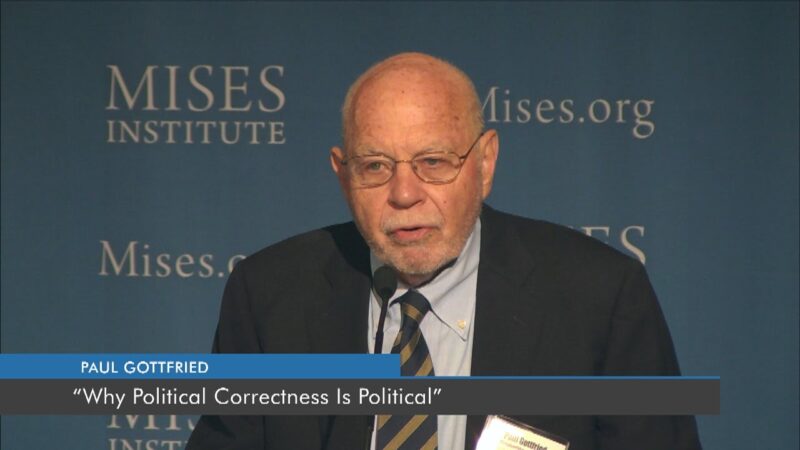
Interestingly enough, Spencer condensed the phrase from the words “alternative right,” which were originally formulated by Paul Gottfried, a Jewish arch-conservative academic. In deference to him, as Stern points out, a minority of alt-right leaders, such as Jared Taylor, begrudgingly accept Jews with “proven credentials.” Still others invoke Israel as a model ethnostate.
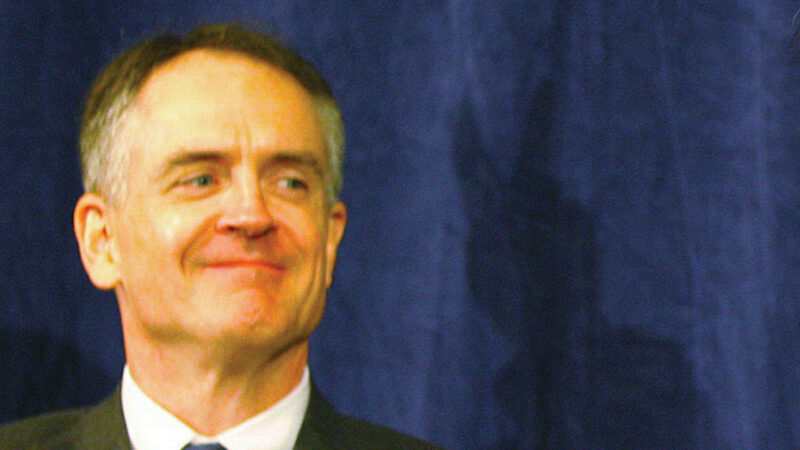
For the majority of alt-right sympathizers, however, Jews are definitely the enemy, accused of fueling multiculturalism and feminism and thereby accelerating the process of white extinction. “Antisemitism is a ferocious black hole in the alt-right cosmos, and no conversation about the ethnostate can proceed very far without the demonization and dehumanization of Jews,” writes Stern.
She devotes part of a chapter to the Proud Boys, a right-wing men’s group launched by Gavin McInnes, the co-founder of Vice Media. Situated on the outer fringes of the alt-right, it claims to be an egalitarian organization that welcomes members of all races, religions and sexual preferences. McInnes tried to distance the Proud Boys from the Unite the Right rally in Charlottesville, but Jason Kessler, who co-organized it, is a former member.

By Stern’s estimate, six percent of American caucasians subscribe to alt-right beliefs. In general, they have low income levels, do not have college degrees, and are divorced. Respondents over the age of 65 are most likely to take alt-right ideas to heart. White women are slightly more attracted to alt-right ideas than white men.
In a sign of the times, 90 percent of alt-right activities take place on the internet, mediated through online platforms such as YouTube, Twitter, Facebook, Gab and BitChute, she says.
Spencer remains the de facto leader of the alt-right, but Stern believes his “star has faded” because he has cozied up to “déclassé agitators” and made “tactical errors.” Spencer has been rebuked by alt-right critics for having aligned himself with the Daily Stormer, the website run by the neo-Nazi Andrew Anglin, and for having botched the planning of the Unite the Right rally. “Spencer is given his due as a foundational figure and continues to be admired by some, but he is repeatedly criticized as narcissistic or off point in online comments,” says Stern.

In closing, she speculates that the alt-right is “nowhere and everywhere.” Its core believers constitute “a tiny fraction of the white nationalist faithful,” but the potential reach of its ideas is “perilously large.”
Stern warns that its notions of white victimhood have “slipped and seeped into the national discourse and culture through a multiplicity of channels,” and that it is “reshaping and warping the American imagination.”
Alt-right platforms should be held accountable by internet providers, she says, but at the present time, digital services “remain hospitable to the perpetuation of alt-right messages and networking.”
It’s a chilling reminder that reactionary forces are plotting to bring fascism to America.
